Stonehenge, one of the most iconic prehistoric monuments in the world, continues to baffle and fascinate historians, archaeologists, and visitors alike. Situated on the rolling plains of Wiltshire, England, this mysterious circle of giant stones has stood for over 4,500 years. Despite decades of research, the purpose of Stonehenge and the methods used to build it remain the subject of intense debate and wonder. Follow archeology.dulichvn.net to discover more of these mysterious houses.
1. The Construction of Stonehenge
The sheer scale and precision of Stonehenge’s construction have raised countless questions about the ingenuity of its builders.
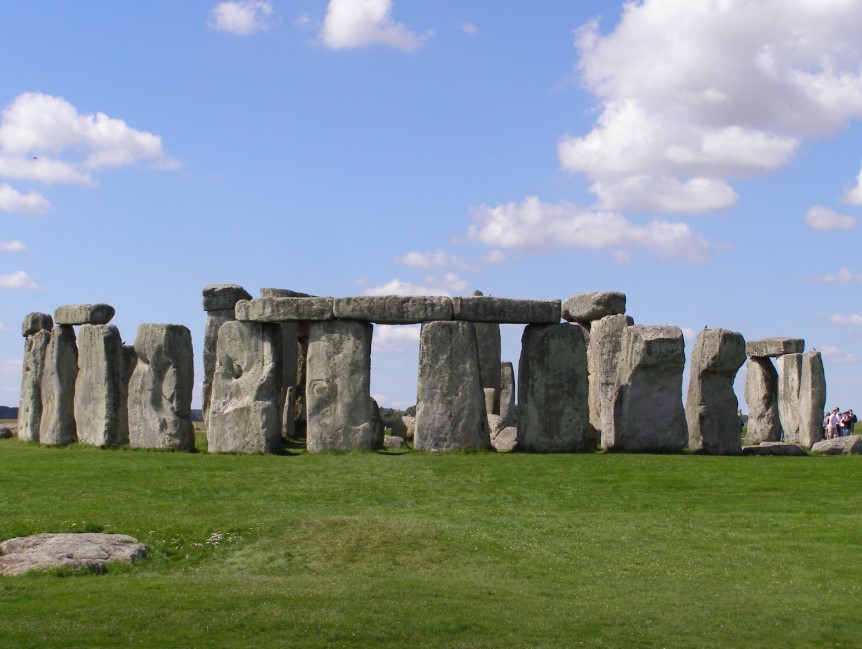
1.1. The Stones: Origin and Transportation
Stonehenge is composed of two main types of stones:
- Sarsens: These massive stones, some weighing over 30 tons, are believed to have been transported from Marlborough Downs, approximately 20 miles away.
- Bluestones: Smaller but equally intriguing, these stones are thought to have originated in the Preseli Hills of Wales, over 150 miles from Stonehenge.
Transporting these stones without modern machinery would have been a monumental feat, involving a combination of sledges, ropes, and possibly waterways.
See more: The Porte de Paris in Lille: A Triumph of Baroque Architecture and History
1.2. Construction Techniques
The arrangement of the stones reveals advanced knowledge of engineering. The lintels (horizontal stones) were precisely shaped to fit atop the vertical sarsens, forming a stable and enduring structure. Tools such as antler picks and wooden levers were likely used, though exactly how the stones were lifted into place remains a mystery.
1.3. Phases of Development
Stonehenge was built in multiple phases over several centuries. Early stages featured simple earthworks, while the iconic stone circle emerged later. This long-term construction effort suggests it held significant importance to its creators.
2. Theories About Stonehenge’s Purpose
The purpose of Stonehenge has been a topic of speculation for centuries, with theories ranging from the spiritual to the scientific.
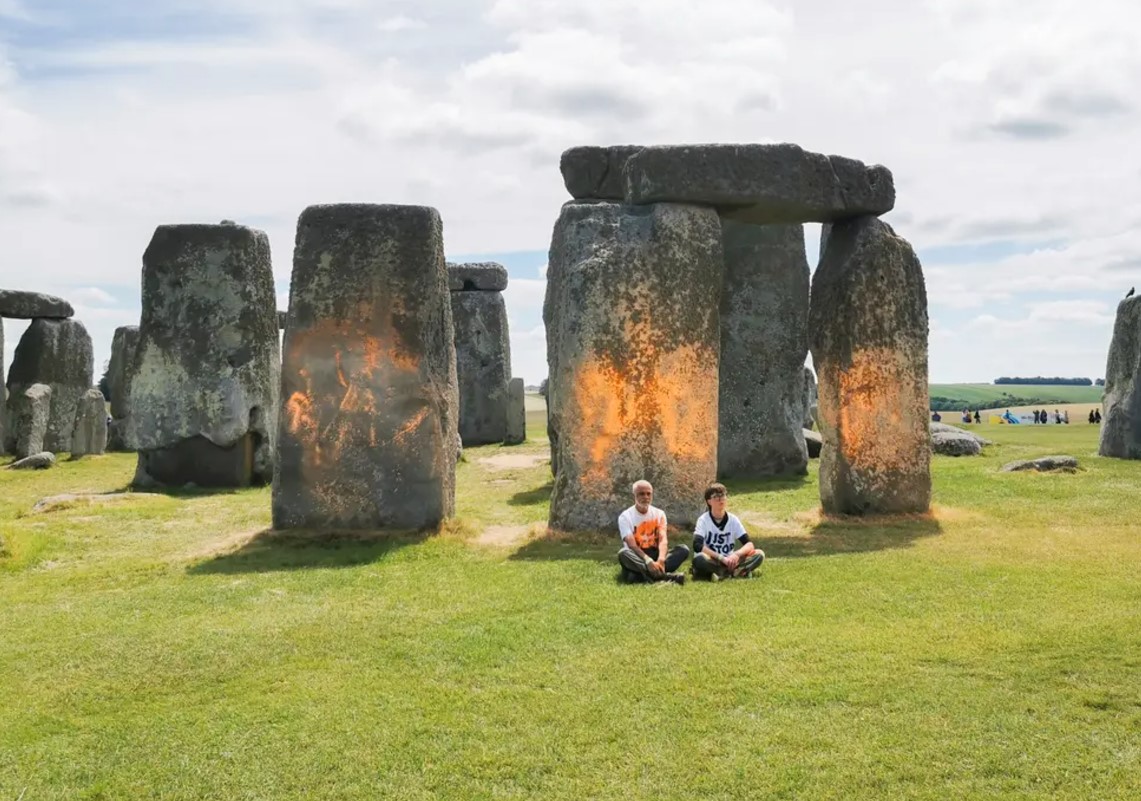
2.1. A Celestial Observatory
One of the most widely accepted theories is that Stonehenge served as an ancient astronomical observatory. The alignment of the stones with the solstices and equinoxes suggests that it may have been used to track celestial events, helping early farmers plan agricultural activities.
2.2. A Religious or Ritual Site
Stonehenge is often associated with rituals and ceremonies. Its design and location may have made it a sacred space for honoring deities, ancestors, or natural forces. The discovery of human remains and artifacts nearby hints at its use as a burial site or a place of spiritual significance.
See more: Exploring the 1967 Oldsmobile 70-X Toronado: A Classic Automotive Icon
2.3. A Symbol of Unity
Recent studies propose that Stonehenge may have been a unifying monument, bringing together communities from across Britain to collaborate on its construction. This theory emphasizes its social and cultural importance rather than a singular religious or astronomical purpose.
3. Mysteries That Persist
Despite extensive research, Stonehenge continues to guard its secrets, leaving us with questions that may never be fully answered.
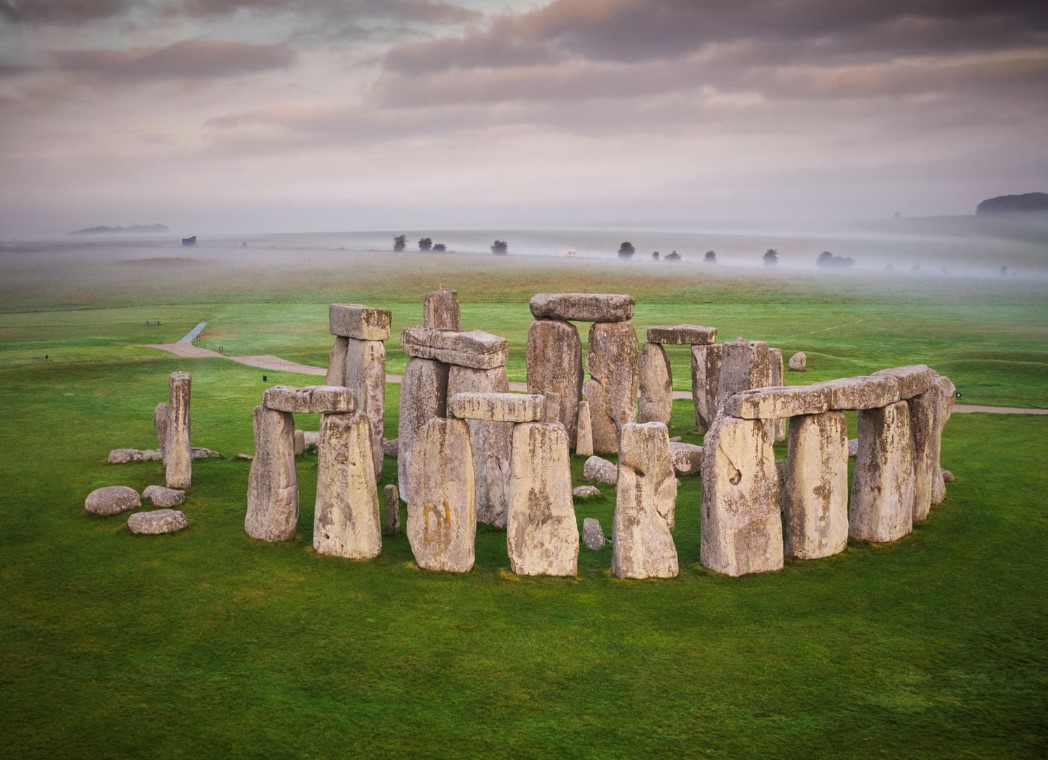
3.1. Why Was Stonehenge Abandoned?
Stonehenge appears to have fallen out of use by 1500 BC. The reasons for its abandonment are unclear, but they may be linked to changes in religious practices or the introduction of new societal structures.
3.2. How were the Stones moved?
The logistics of moving and positioning the stones remain one of Stonehenge’s most puzzling aspects. While theories abound, no definitive evidence has been found to explain how early societies accomplished this feat without advanced tools.
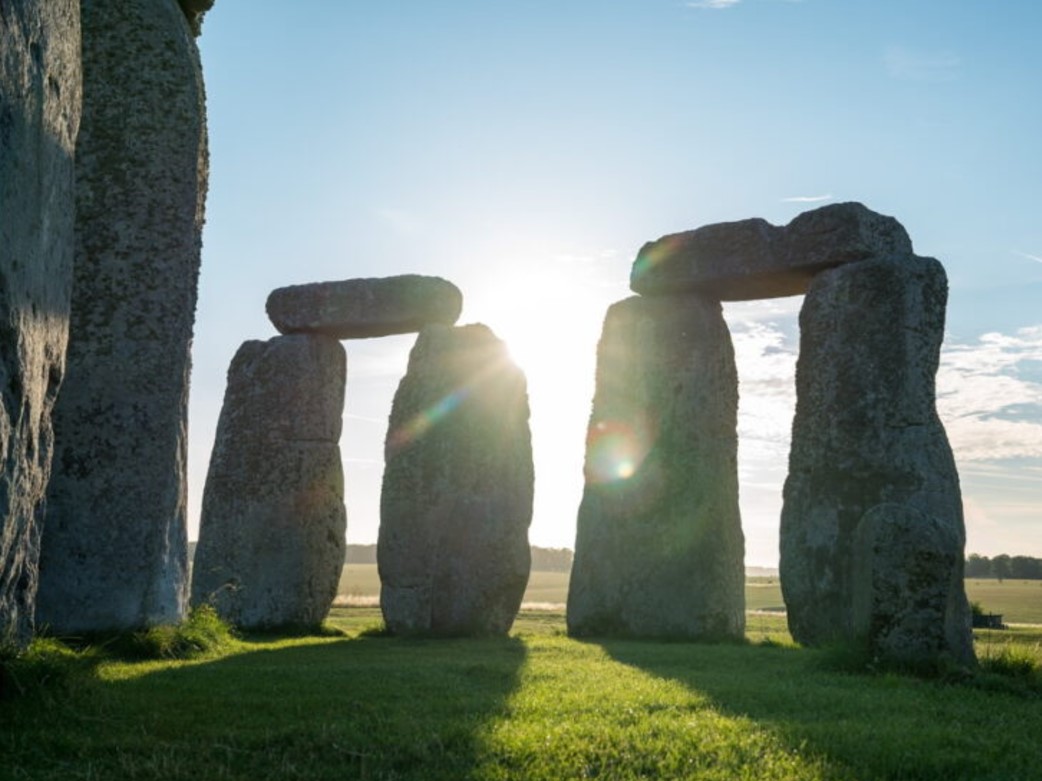
3.3. What Was Stonehenge’s Original Purpose?
As new evidence emerges, the purpose of Stonehenge becomes increasingly complex. Was it an observatory, a temple, a cemetery, or all of these combined? The ambiguity of its function adds to its allure.
4. Stonehenge Today
Stonehenge continues to captivate modern audiences, serving as both a historical site and a cultural symbol.
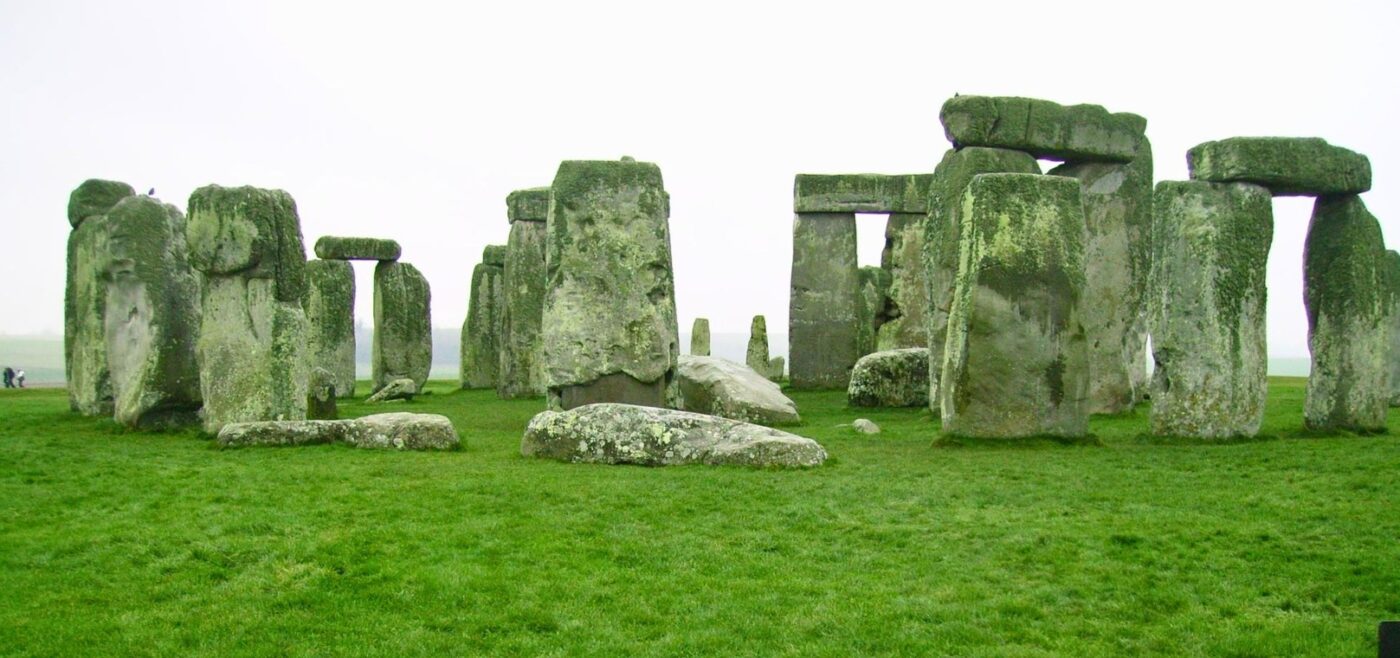
4.1. A UNESCO World Heritage Site
Recognized for its cultural and historical significance, Stonehenge was designated a UNESCO World Heritage Site in 1986. Efforts to preserve the site ensure that its mysteries can be explored by future generations.
4.2. A Center for Research and Discovery
Archaeological discoveries around Stonehenge, such as nearby burial mounds and the Durrington Walls, provide valuable context for understanding its role in ancient society. Ongoing research keeps the story of Stonehenge dynamic and evolving.
4.3. A Tourist Attraction and Cultural Icon
Stonehenge attracts over a million visitors annually, who come to marvel at its grandeur and ponder its mysteries. It has also inspired countless works of art, literature, and film, cementing its place as a global icon of human ingenuity.
Conclusion
The inexplicable mysteries of Stonehenge continue to ignite curiosity and wonder. A monument to human ingenuity, it challenges our understanding of prehistoric societies and their capabilities. While we may never fully unravel its secrets, the allure of Stonehenge lies in its enduring mystery, inviting each generation to explore its story and imagine its purpose.

CÁC TIN KHÁC
Mark Twain & Olivia Langdon: A 36-Year Love Story Filled with Laughter and Devotion
The Tollund Man: A 2,400-Year-Old Mystery Preserved in a Danish Bog
Skara Brae: Scotland’s Hidden Neolithic Village
Porta Nigra: The Hidden Depths of Trier’s Iconic Roman Gate